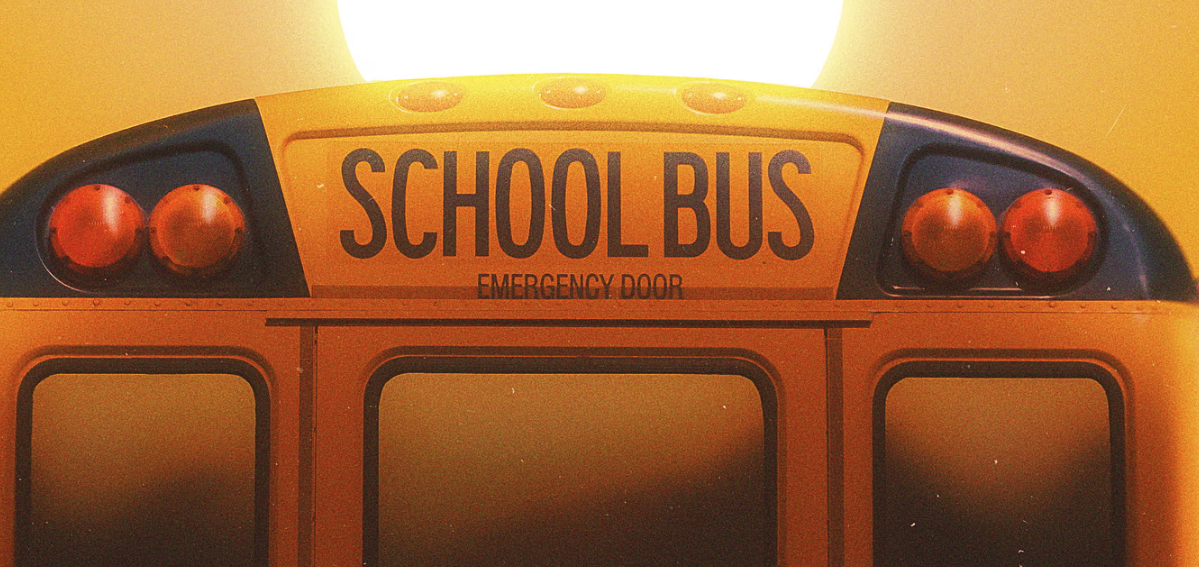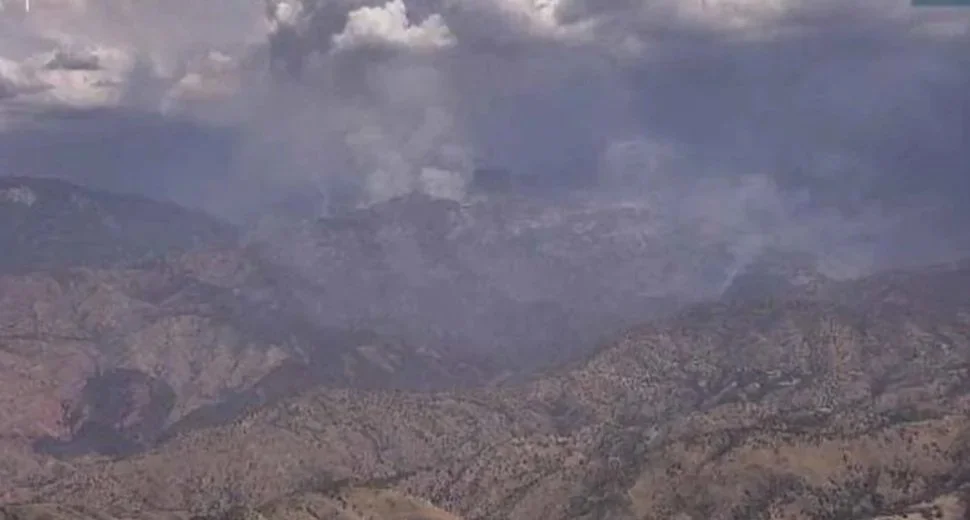
In the News
Coverage of Elective Pay
In the News Blog
Coverage of Extreme Weather Impacts on Students
In the News Blog
Coverage in California
Featured
CalMatters, Seattle Times
Seven years after California’s deadliest fire, schools — and kids — are still recovering
CalMatters, Seattle Times
CalMatters, Seattle Times
Coverage in Massachusetts
Featured
UndauntedK12 In the News
2025
Featured
Featured
2024
Featured
2023
Featured










